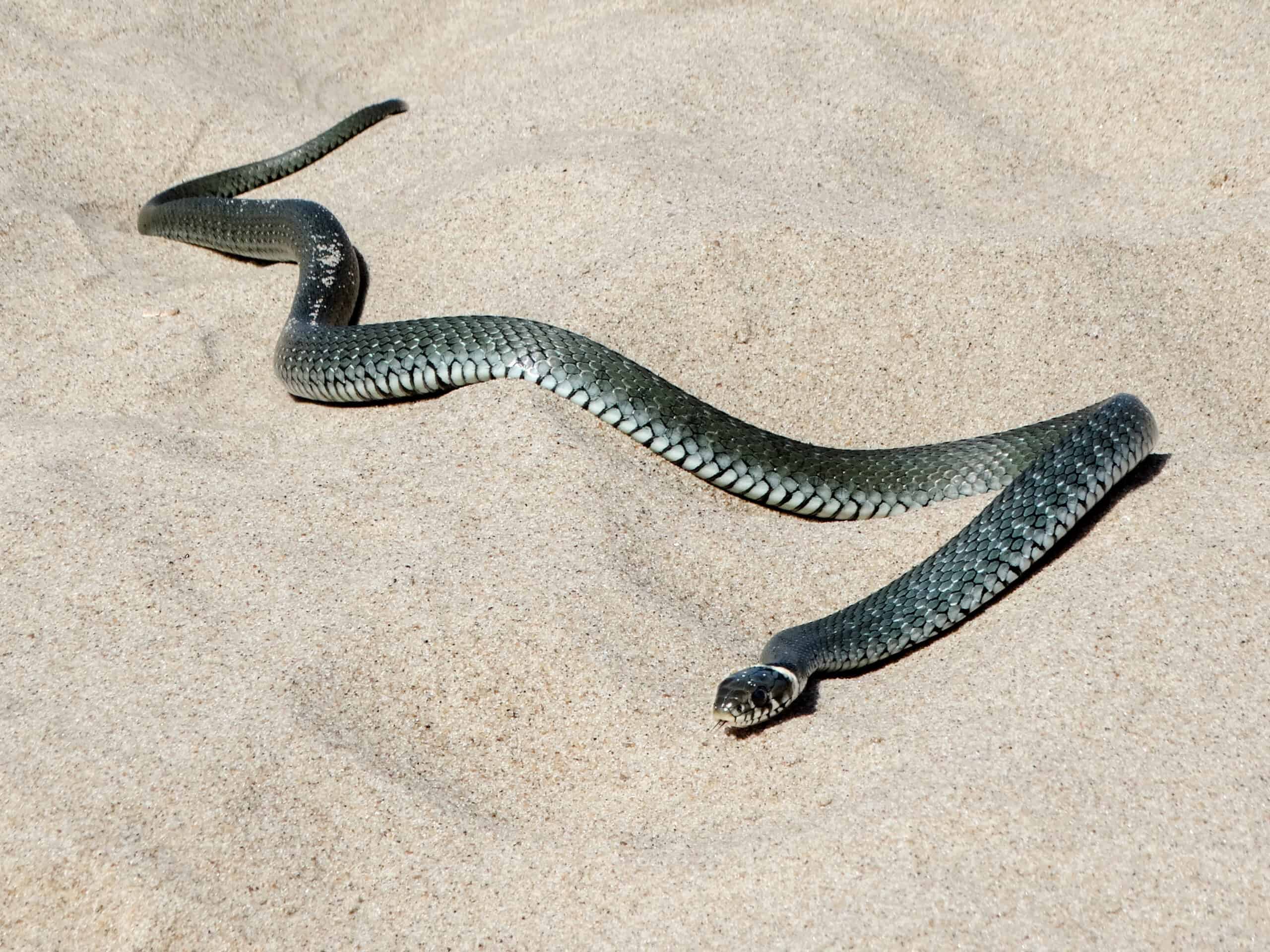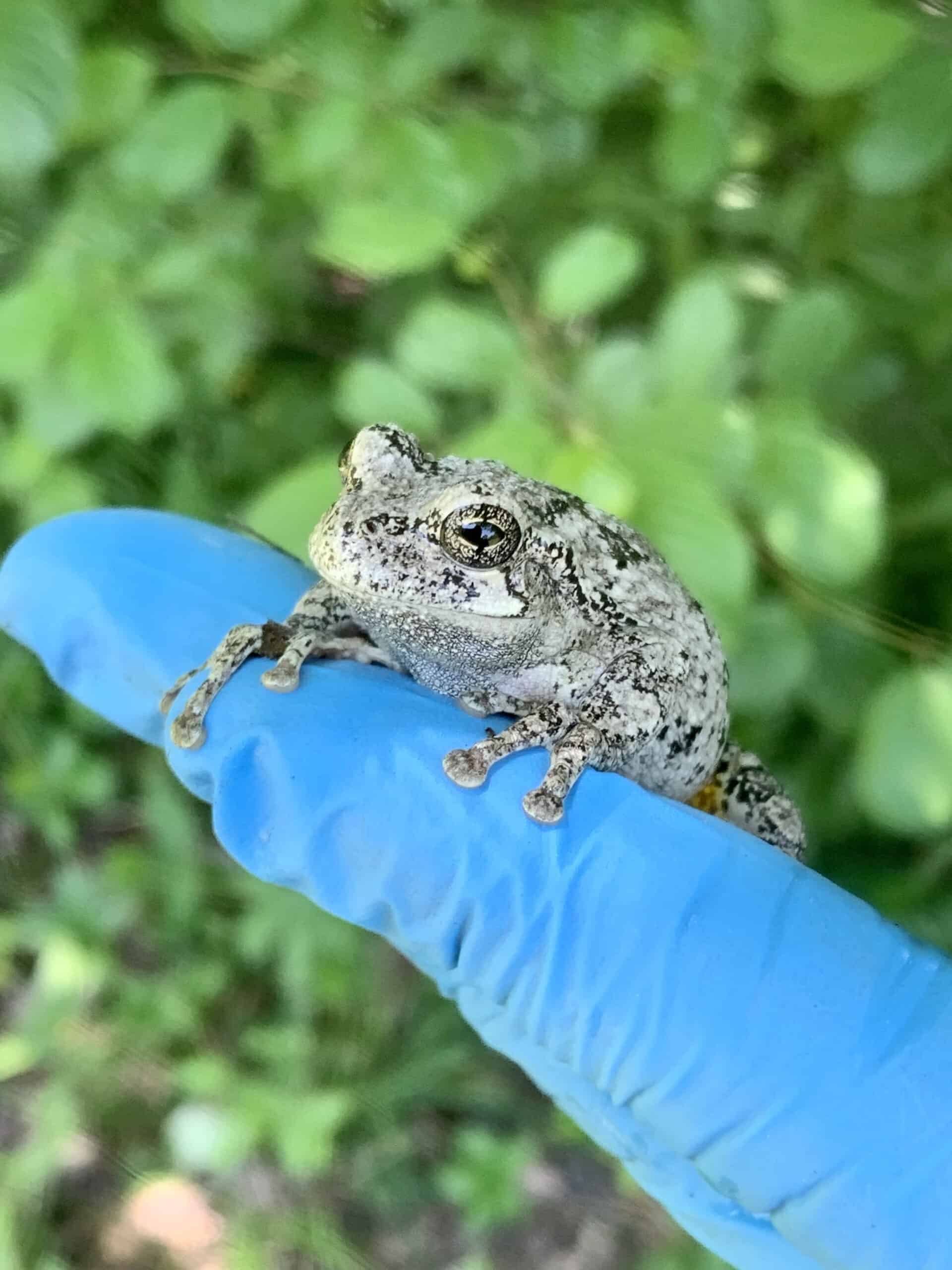Share this article
Wildlife Featured in this article
- Burmese python
- Cottonmouth
- Black rat snake
- Northern cat-eyed snake
- Blunthead tree snake
- Guatemala neckband snake
Snake sightings shore-ly surprising for beachgoers
Species like cottonmouths and Burmese pythons sometimes turn up on beaches
When visitors come to the beach, they don’t expect to be sharing the sand with snakes. While snakes may find the same basking opportunities that bring in sunbathers, beaches rarely offer the kind of cover from predators most snakes prefer.
But researchers have found a number of species—even invasive Burmese pythons and venomous pit vipers—sometimes make use of U.S. beaches, creating a surprising source of conflict between humans and wildlife.
“A lot of people find these animals on the beaches but they don’t have any idea what to do about it,” said Nelson Rangel-Buitrago, a geology professor at the Atlantico University in Barranquilla, Colombia.
He and colleague Stephen Leatherman, a professor of coastal science at Florida International University, wanted to learn more about what snakes are using U.S. beaches, and where. In a study published in Ocean and Coastal Management, the two examined years of news reports and personal observations about snakes on beaches across the country.
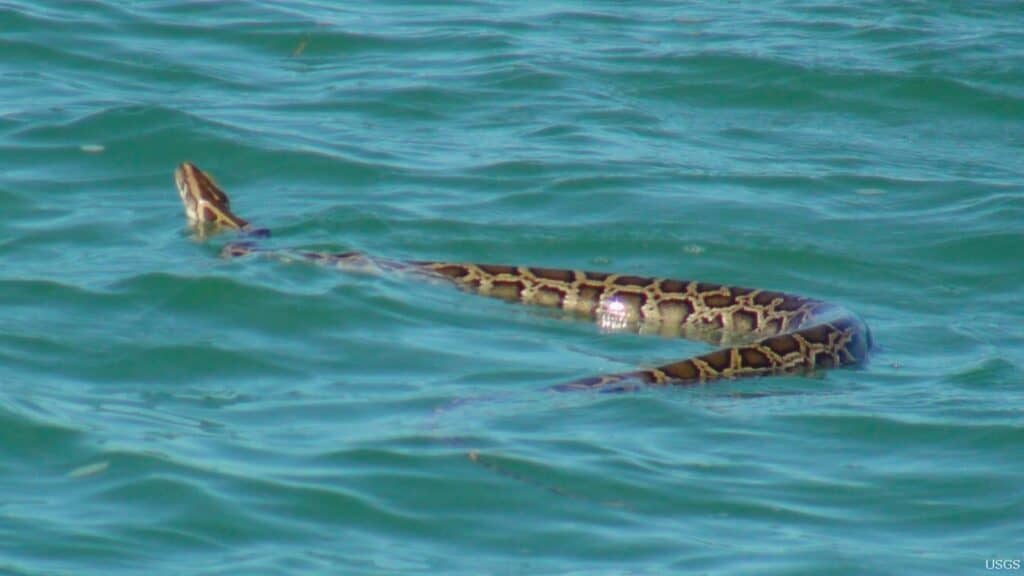
Finding the right beach
Rattlesnakes have turned up on the California coast. In South Florida, Burmese pythons (Python bivittatus) appeared both on the beach and out at sea. The researchers also found examples of venomous cottonmouths (Agkistrodon piscivorus) on popular tourist beaches, and sometimes out in the sea as well.
The reasons are all different. Leatherman suspects the Carolina cottonmouths may have swum to shore after the storms flushed them out of rivers and into the ocean. While bites from these snakes have been few, he said, wildlife managers might want to be on the lookout for snakes after floods.
In California, heavy development may be driving rattlesnakes to the beach. “Urbanization keeps pushing the habitat of snakes further away,” Leatherman said.
The appearance of pythons on Florida beaches raises other alarms. It could suggest the invasive constrictors—which are causing huge problems for native wildlife in the Everglades—use coastal areas to expand their range, Leatherman said. It also could explain how the snakes have made their way to islands such as Key Largo, which now hosts a breeding population.
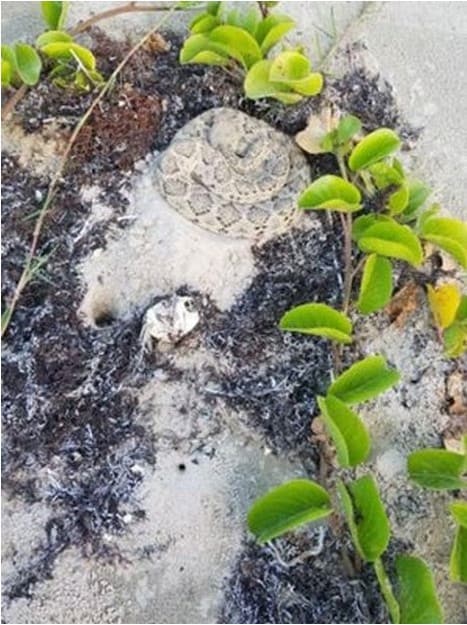
Most reports, though, document less threatening snakes. Nonvenomous black rat snakes (Pantherophis obsoletus) were the most common. These long, dark snakes don’t pose much of a danger, but they can be scary, prompting people to kill them unnecessarily.
A worldwide management concern
Rangel-Buitrago said he knows of no other study examining the potential wildlife management issue of snakes on beaches. But it raises important implications—in the U.S. and elsewhere. In Colombia, where he lives, beach snakes aren’t as well documented, but that doesn’t mean they aren’t there. Species like northern cat-eyed snakes (Leptodeira septentrionalis), blunthead tree snakes (Imantodes cenchoa)—a mildly venomous species—and Guatemala neckband snakes (Scaphiodontophis annulatus) have made appearances.
Whatever the snake and wherever it appears, warning signs and better public information may help decrease conflicts, researchers said, especially since climate change may drive more species to the shore. They found reports of sea snakes in some areas. These species, while venomous, have never been recorded biting someone, but they can certainly cause concern for surfers or snorkelers.
“It’s certainly harrowing for surfers to see these snakes in the water with them,” Leatherman said.
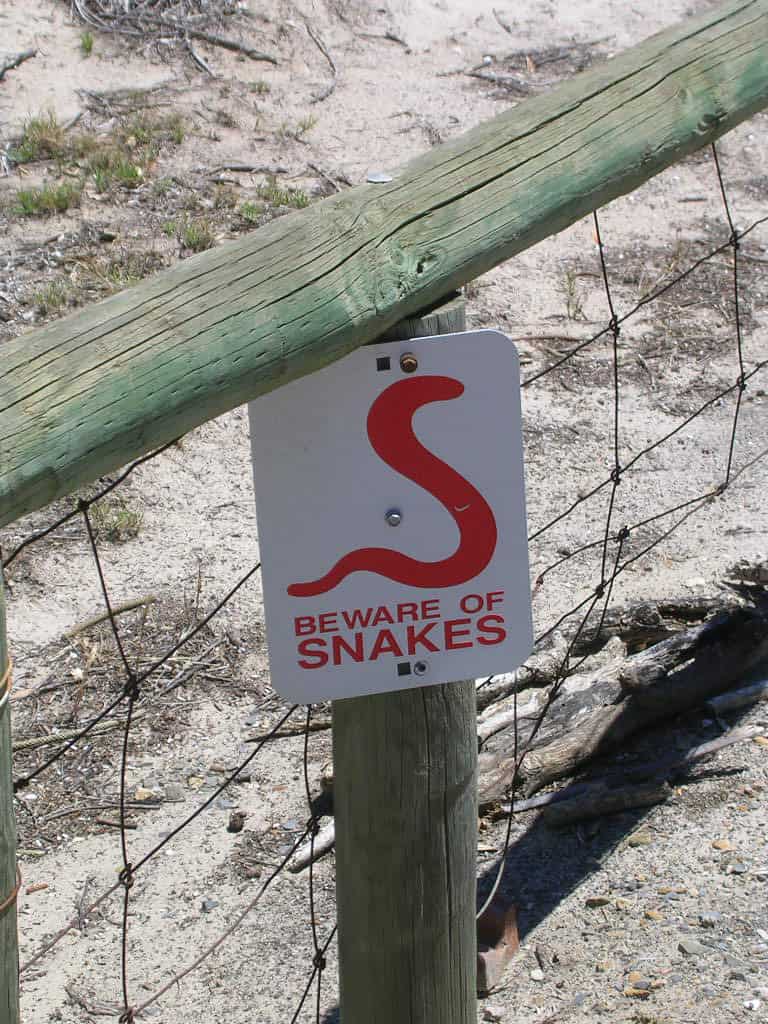
Header Image: Snakes may cause human-wildlife conflict when appearing on beaches frequented by humans, even if many, like this grass snake (Natrix natrix), are harmless. Credit: Jevgenijs Slihto



